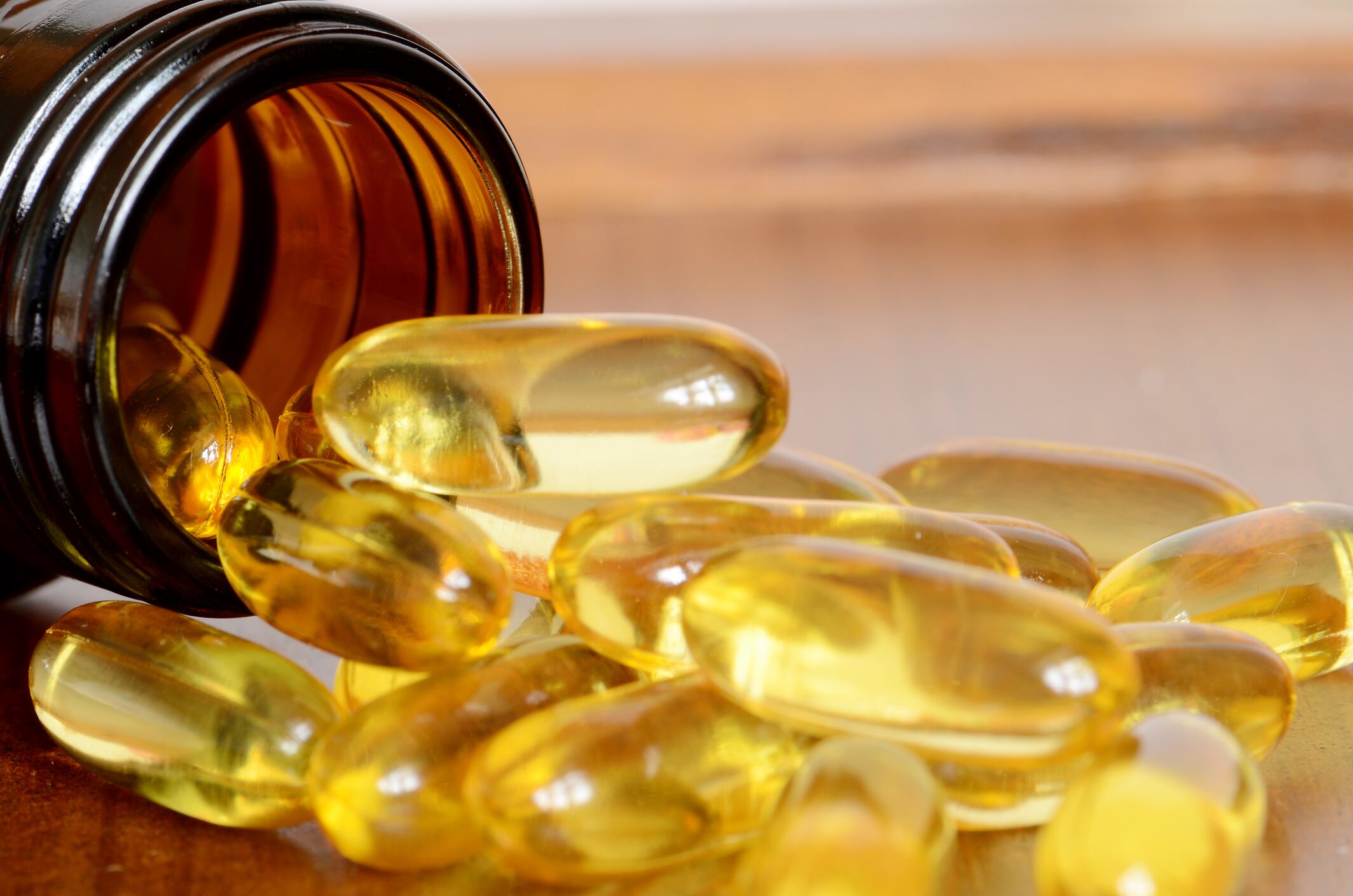The new study, which was funded by GOED (the Global Organization for EPA and DHA Omega-3s) was published last week in the journal Foods. Among the authors were Gerard Bannenberg, PhD, director of compliance and scientific outreach for GOED and Adam Ismail of KD Pharma, who is the former executive director of GOED. Experts from the University of California Davis, the University of Montpellier in France and the Université Catholique de Louvain, in Brussels also participated.
2016 study found toxic effects for highly oxidized hoki liver oil
The study was done in response to a 2016 paper published in the American Journal of Physiology that used a highly rancid oil from the livers of hoki, a cod like fish that’s also known by the names blue grenadier or blue hake. The species is the basis of a commercial fishery in New Zealand. That study found the oil when fed to pregnant rats caused them to abort their unborn pups.
The study was criticized at the time as using a test material that did not represent any oil on the market sold as a dietary ingredient. The test material was prepared by bubbling oxygen through the hoki liver oil for 30 days under fluorescent lights at room temperature. In addition, the researchers chose to use an oil that had no antioxidants added to it to retard spoilage, which is a standard manufacturing practice in the dietary supplement industry. Such an oil would be highly unpalatable both from its appearance and its foul odor, and thus would present as obviously spoiled. A useful analogue would be to leave loose oil (not encapsulated in softgels) in a dish in the sun for a month, yet the test method used in the earlier study went even beyond this.
Even with that criticism, GOED (the Global Organization for EPA and DHA Omega-3s) decided to look further into the oxidation products identified in the 2016 study. The main problematical oxidation products were identified as isoprostanoids and oxysterols, which the authors said have not received much attention from researchers.
Comparing hoki to anchovy
The aim of the GOED study was to compare the process of oxidation between a hoki liver oil and an anchovy oil, which represents the vast majority of fish oil omega-3s products on the market. For both oils the researchers replicated as best they could the extreme oxidation conditions of the 2016 study. In addition, the researchers sought to compare that condition to a more relevant oxidation process, which would be to expose samples of both oils to heat and air in the dark. That would more closely mimic what might happen to an oil that perhaps had been on the shelf long past its due date and had been improperly stored and handled.
The GOED paper noted that the initial parameters of the two oils, even though they are both technically “omega-3” products, is markedly different. The anchovy oil was a standard refined MEG3 triglyceride oil supplied by DSM. The hoki oil, by contrast, contains a number of additional constituents, including cholesterol.
“The temporal analysis of chemical compositional changes of minimally refined antioxidant-free hoki liver oil under harsh oxidative conditions has confirmed the marked over-oxidation of the oil. Extension of the study to a different type of oxidation condition, as well as including a more commonly used and antioxidant-stabilized refined anchovy oil, demonstrated that different oils contain and develop distinct patterns of oxidation products, and that the presence of added antioxidants markedly delays oxidation,” the authors concluded.
“It is important to emphasize that under production and retail conditions, fish oils and other EPA/DHA omega-3 products would never be exposed to the harshness of the employed experimental oxidation conditions in this study,” the authors went on to state.
Replicating 2016 condition was done to get baseline values
Bannenberg said that the present study sought to replicate the 2016 oxidation conditions to get a baseline comparison between how the two oils reacted to these inputs, not because the condition was a realistic possibility for finished products.
“The conditions that were imparted to the oil in the study by Albert et al. (the 2016 study), which we replicated in our study, consisted of continuous bubbling with pure oxygen gas and exposed to light for one full month. That is such a harsh condition that it will never ever happen with an oil rich in polyunsaturated fatty acids in the real world, let alone when it is encapsulated and packaged,” he told NutraIngredients-USA.
Extreme dose
“In the study by Albert and colleagues, very high doses were given to pregnant rats that, when allometrically-scaled to human adults, would consist of equivalent daily dose of about 45 ml fish oil. That is at roughly 10 to 100 times what a person would take in the form of dietary supplement. We are not concerned about the natural levels of some of the isoprostanoids, oxysterols and other oxidation products that may be present in properly manufactured fish oils used for dietary supplements of acceptable oxidative quality and ingested in the doses that are normally taken by people. Our study showed low concentrations of specific isoprostanoids and oxysterols in fish oils, but that some of these increase markedly during the extremely harsh oxidation condition. Possibly the high levels of these oxidation products were responsible for the perinatal toxicity observed in the study by Albert et al., and new studies can now be performed to address this idea,” he added.
Risk for finished goods essentially absent
Bannenberg noted that many studies of fish oils off the shelf in the US, the UK, Australia and elsewhere have shown that by and large these oils show good quality from an oxidation perspective. While taking such oils to an extreme oxidation condition in the laboratory might raise some valid questions for further research, it does not raise any sort of alarm for consumers, he said.
“The risk that consumers might buy a dietary supplement containing a rancid oil, if that means a severely oxidized product, is very small if not absent,” Bannenberg concluded.
Source: Foods
DOI: 10.3390/foods9101501
Chemical Compositional Changes in Over-Oxidized Fish Oils
Authors: Phung AS, et al.




